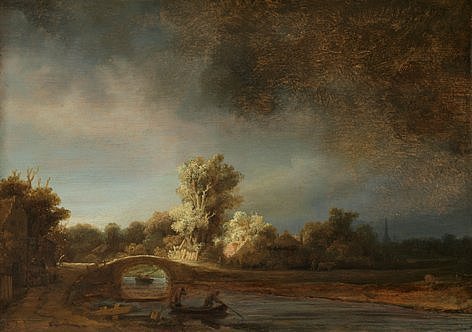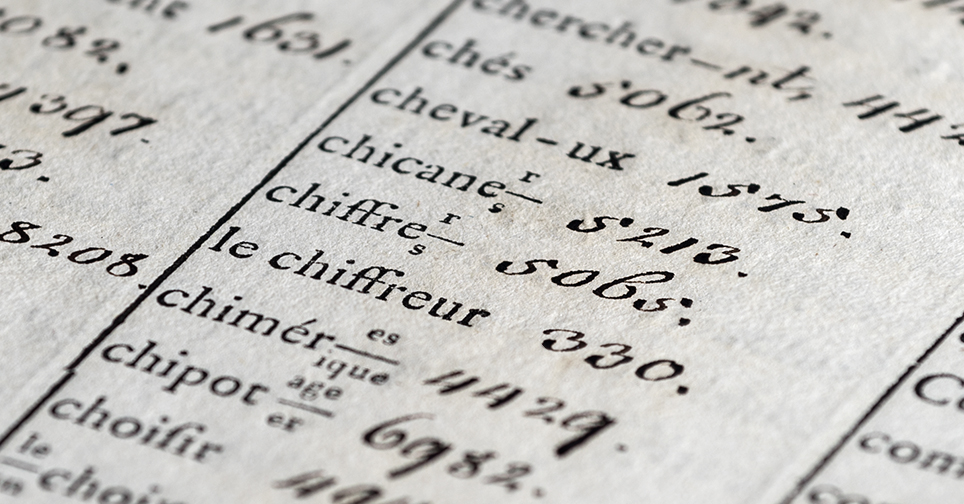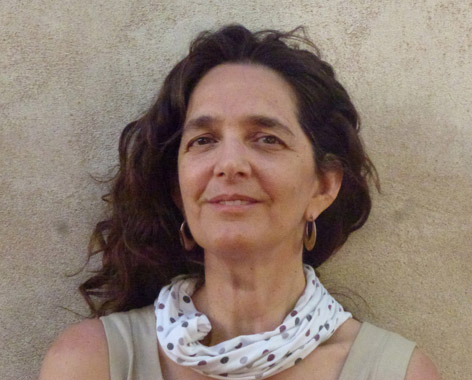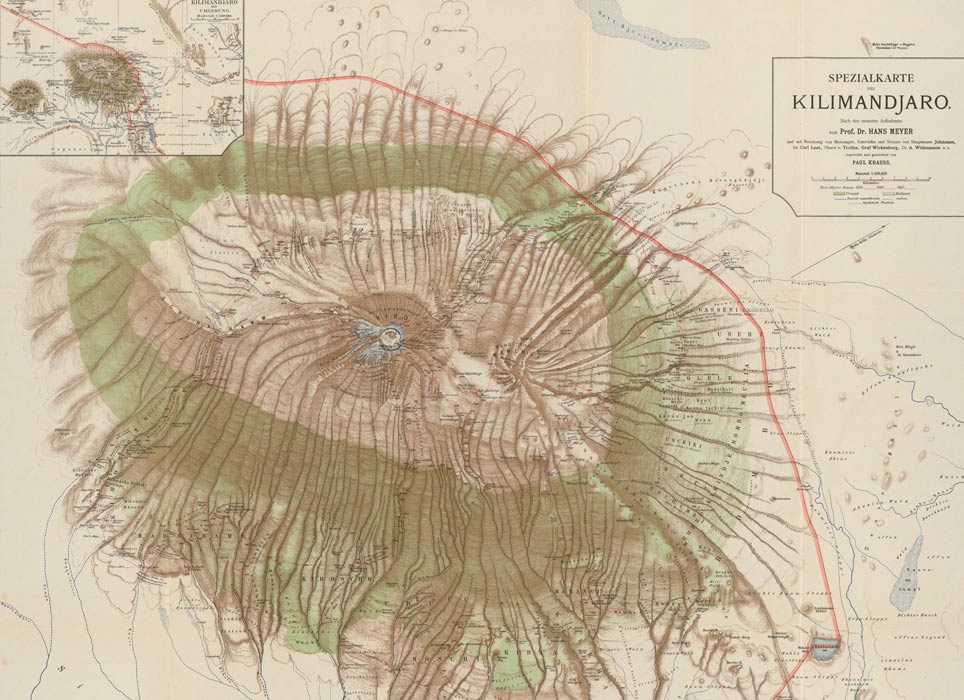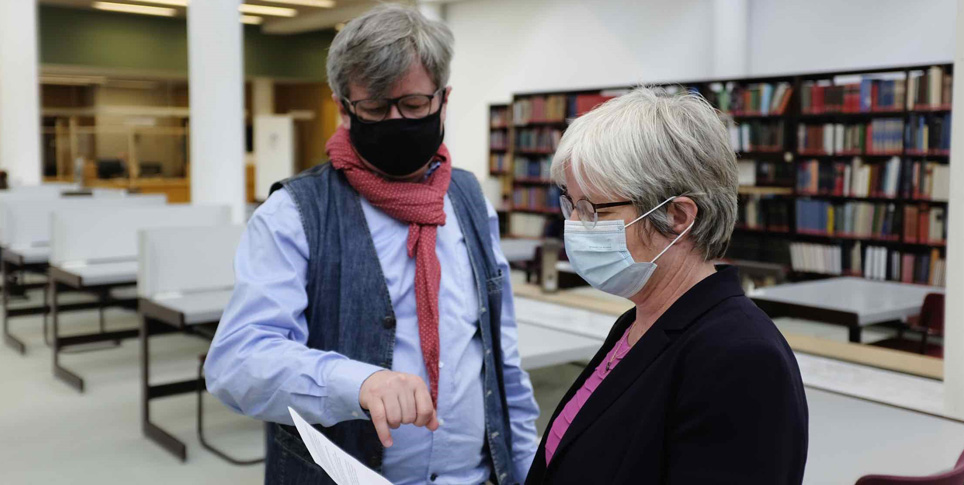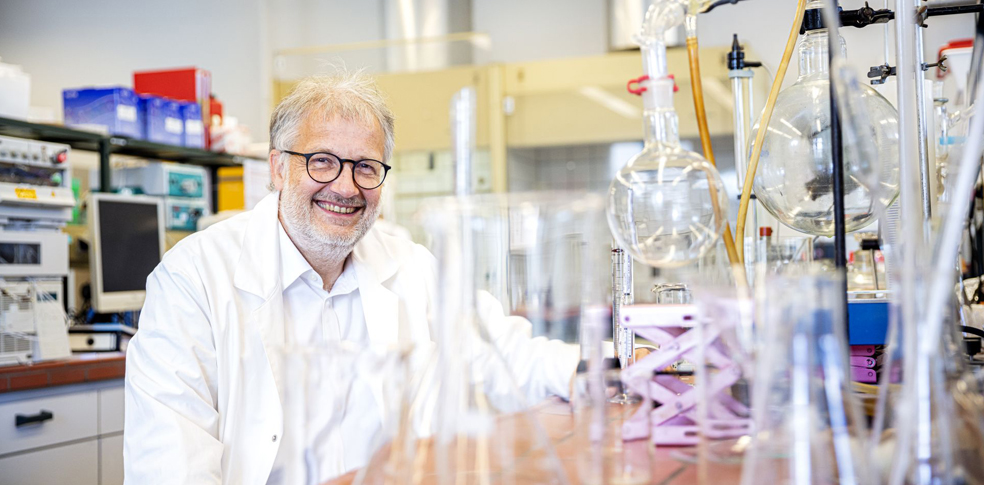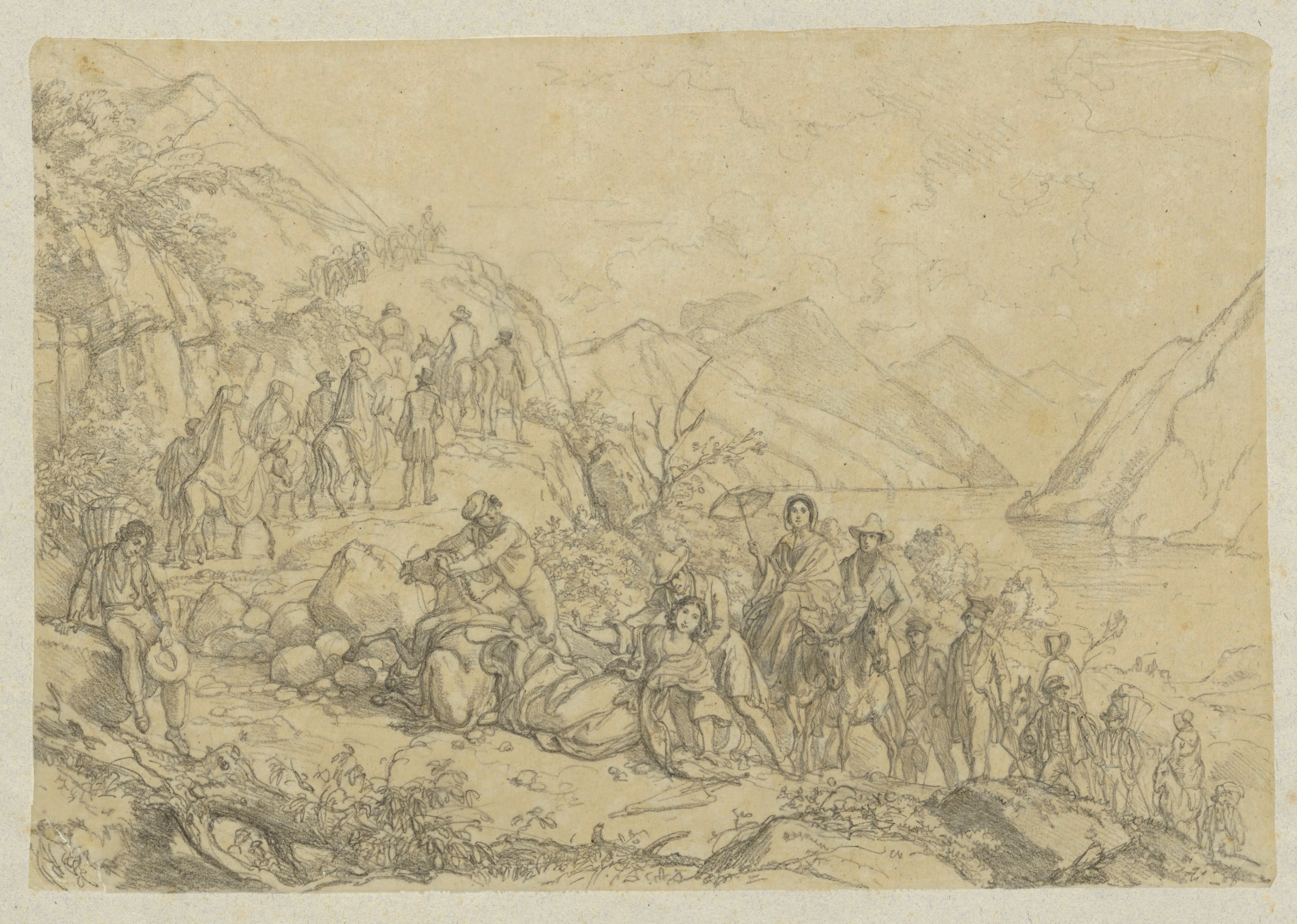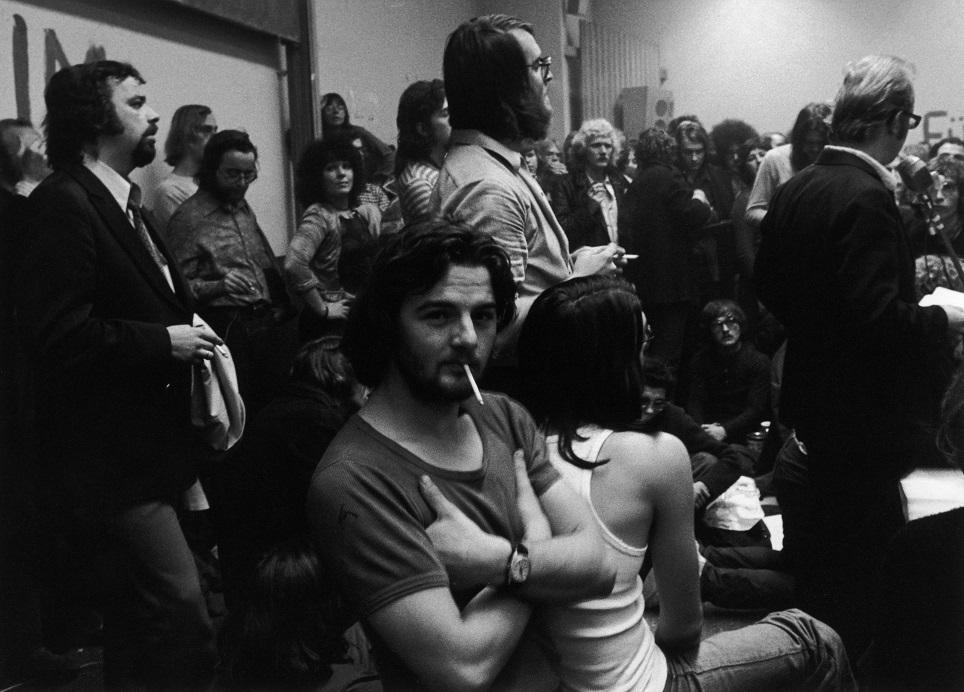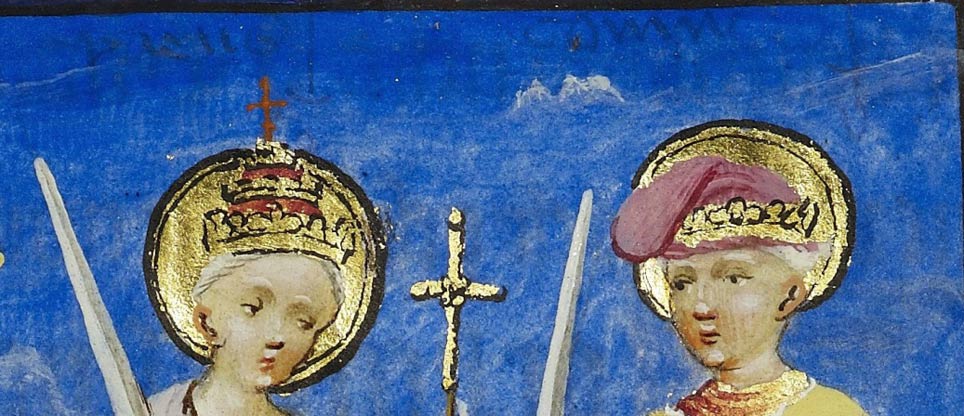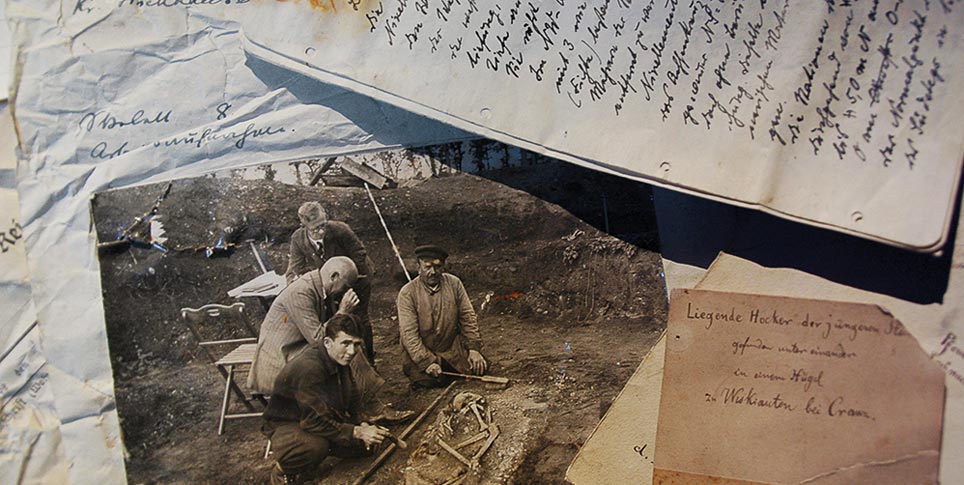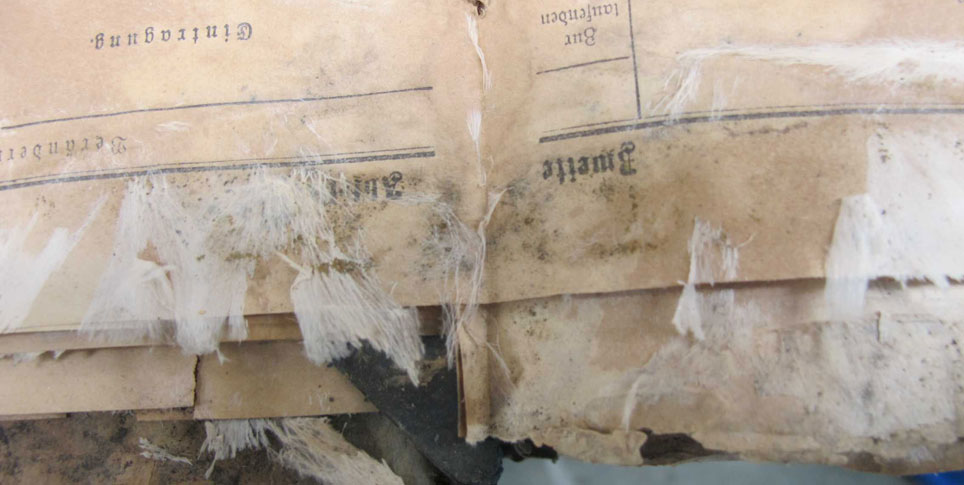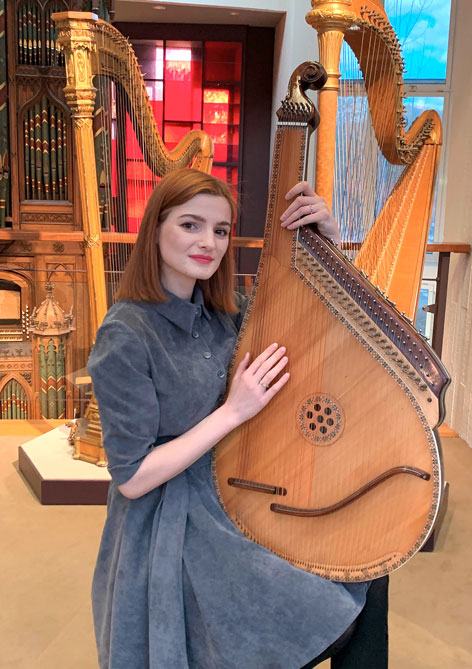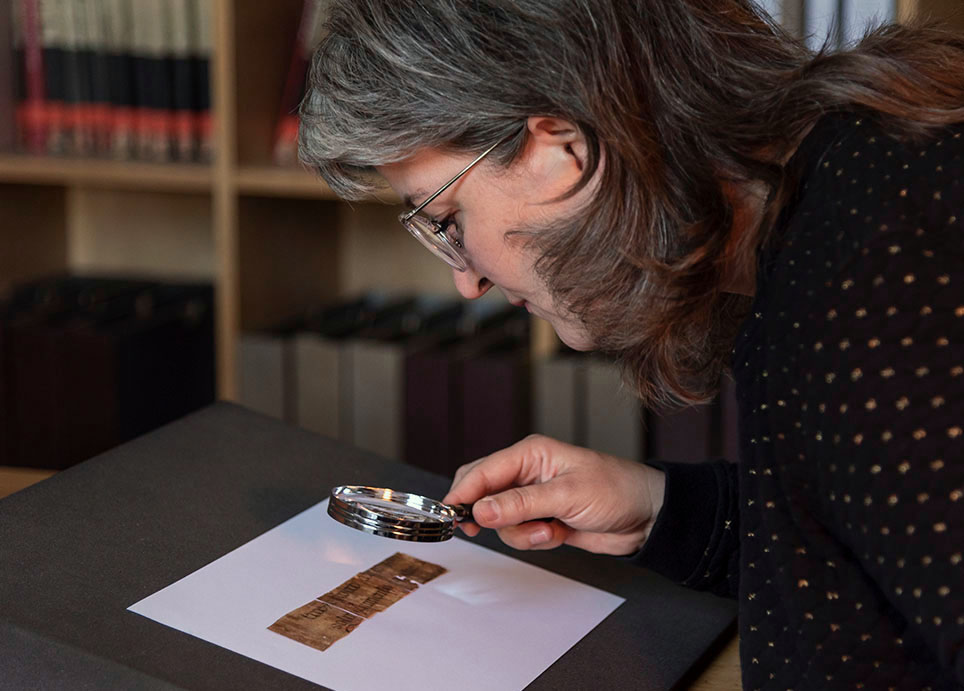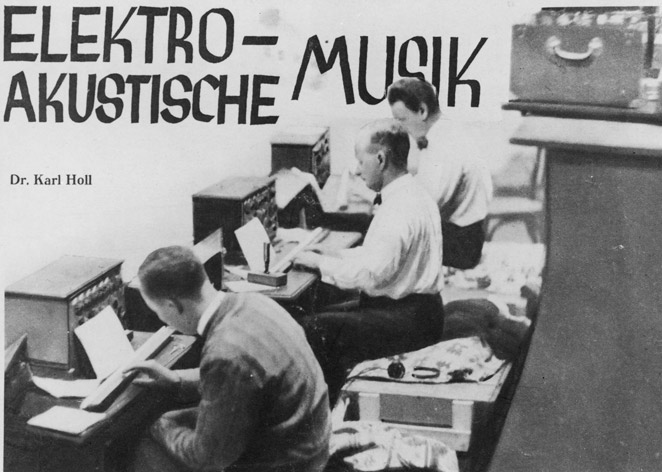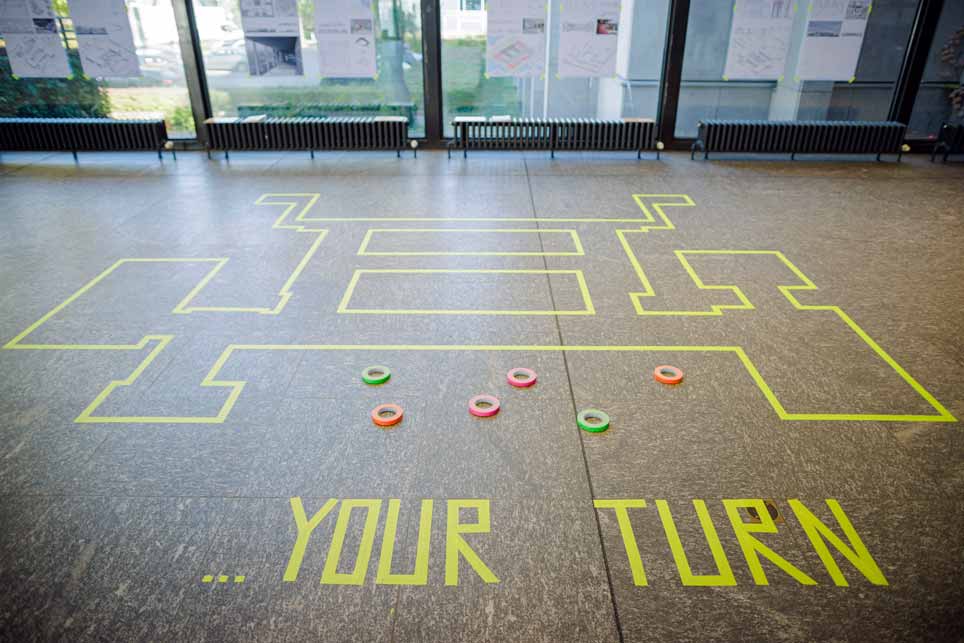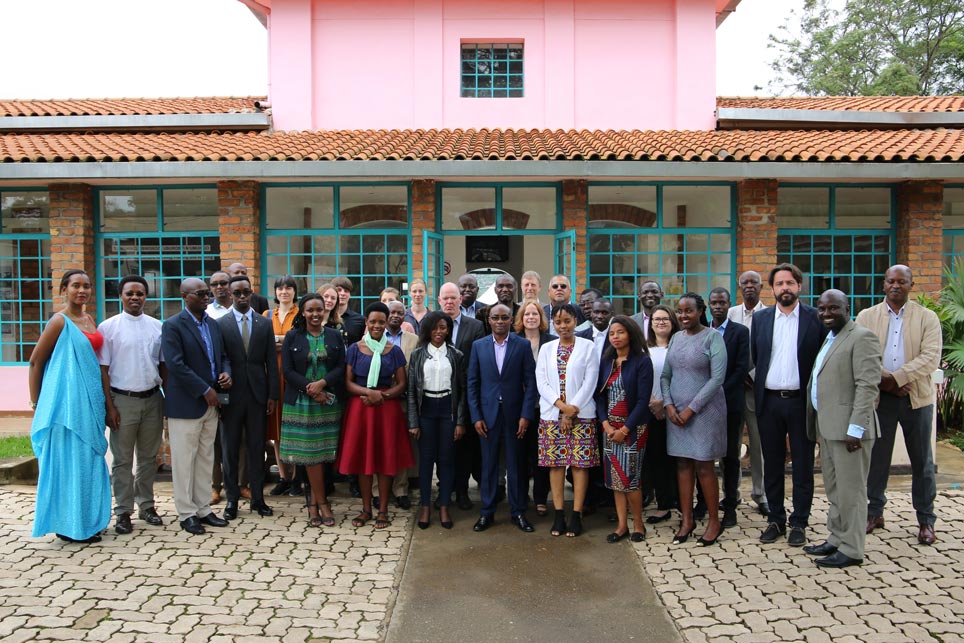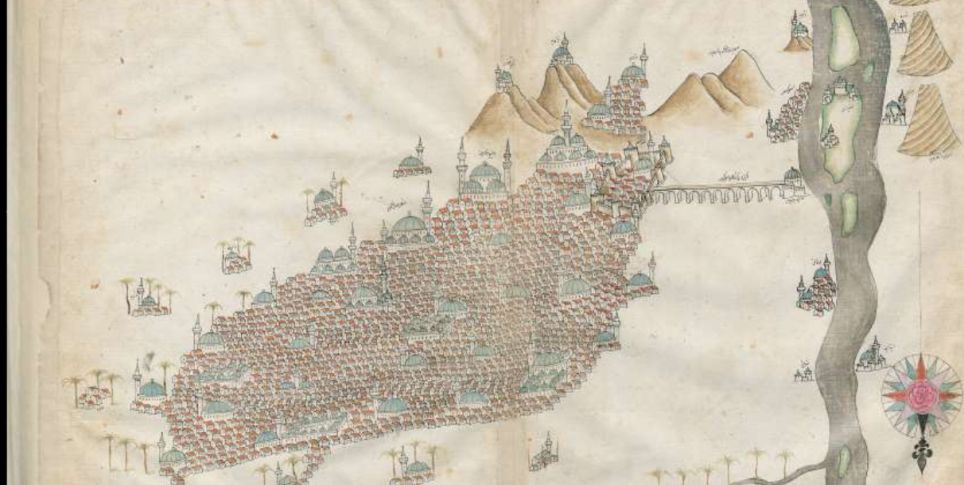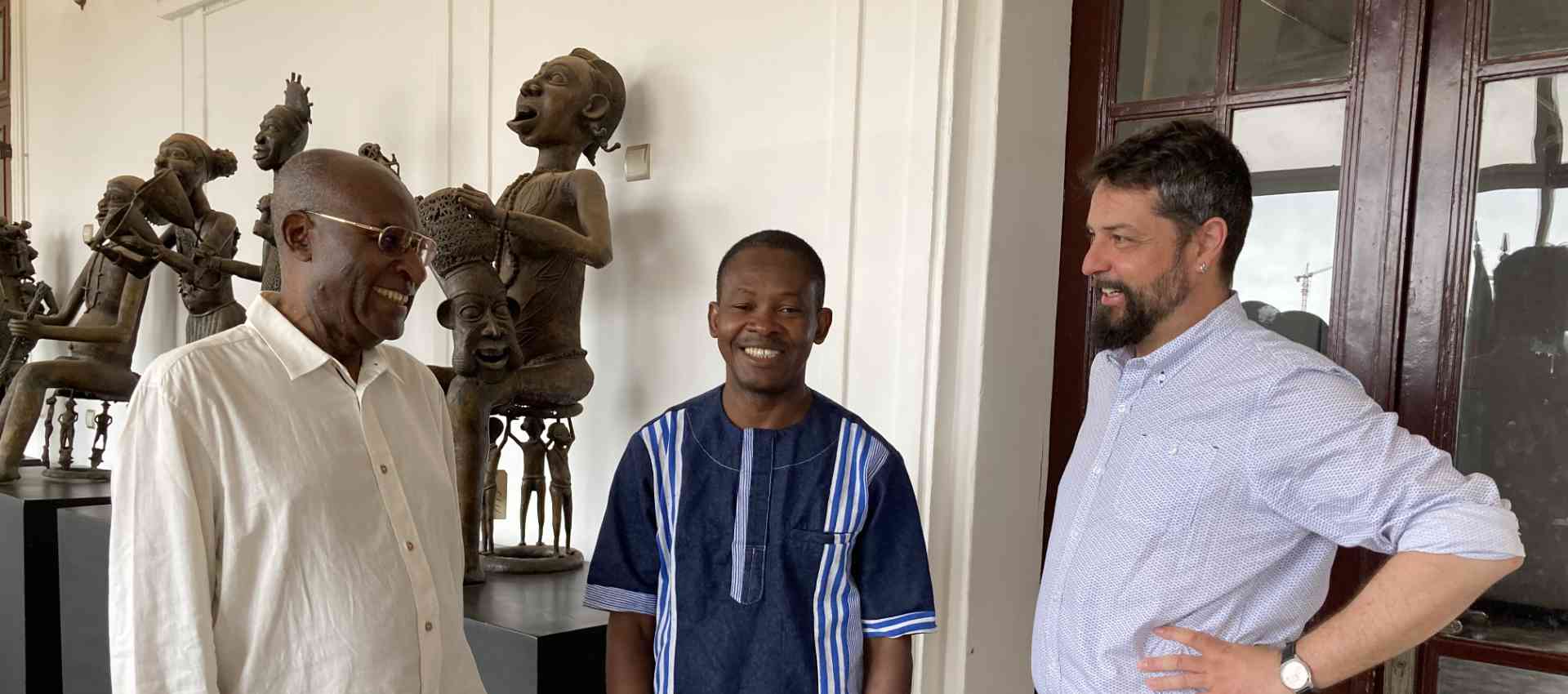The Landscape with Arched Bridge has now been re-attributed to the Dutch master, thanks to research by curator Katja Kleinert.
When Katja Kleinert talks about Rembrandt, there is no end to her enthusiasm: his applications of paint, sometimes so fine that their brilliance is only visible under a microscope; the figures, often only sketched, but totally accurate; the lighting, atmospherically so dexterous that it creates drama; and the brushwork unrestrained and free, with greater virtuosity in every picture. “Rembrandt is a fantastic painter: innovative, independent and far ahead of his time,” she says. “What’s more, he and his works were always evolving – in every respect: painting technique, composition, motifs.”
As curator for 17th-century Dutch and Flemish art at the Gemäldegalerie (Old Master Paintings) of the Staatliche Museen zu Berlin (National Museums in Berlin), Katja Kleinert would know.
For many years, she has been participating in exhibitions, symposia, and research projects on Rembrandt, and she knows Amsterdam like the back of her hand. In her opinion, Berlin is really no slouch when it comes to the appreciation of Rembrandt and his works. In fact, the Gemäldegalerie has the third largest collection of Rembrandt paintings in the world, after the Rijksmuseum in Amsterdam and the Metropolitan Museum in New York. There are about twenty paintings from the master’s hand in Berlin, and as many pictures again by his pupils and followers. They fill two rooms at the Gemäldegalerie. “That’s truly spectacular. Especially because the Rembrandts we have represent a whole variety of the artist’s creative periods and subject matters,” says Kleinert.

Katja Kleinert at work in the storage rooms. Photo: SMB
That means conditions in Berlin are perfect for carrying out research into Rembrandt. And the results of that research can be spectacular. Recently, for example, Katja Kleinert and her colleague Claudia Laurenze-Landsberg were able to demonstrate that a painting previously attributed to the Rembrandt pupil Govert Flinck was actually created by the master himself. The painting is the Landscape with Arched Bridge.
It dates from around 1638, and as one of the few landscapes painted by the Dutch national hero, it is a special treasure. “Berlin doesn’t just have one more Rembrandt,” says Kleinert. “We’re very fortunate to have such a rare subject by master.”
But how did this unexpected addition come about? How exactly is a discovery like this possible?
In particular, how is it possible in the case of Rembrandt, where the attributions and de-attributions have always been exceptionally important, since a true Rembrandt is such a prize for any collection? In fact, when it was acquired by the Gemäldegalerie from the collection of the Grand Duke of Oldenburg in 1924, the Landscape with Arched Bridge was considered a true Rembrandt. At the time, museum curator Wilhelm von Bode was quite proud of the painting; he had spent a long time trying to acquire it. It filled an important gap in the Berlin collections. In 1989, however, the scholars of the Rembrandt Research Project studied the Landscape with Arched Bridge – and de-attributed it from Rembrandt. It was assigned instead to his student Govert Flinck.
Katja Kleinert has now corrected this de-attribution with the help of neutron autoradiography. In 1995, neutron autoradiographic images were made of the Berlin painting at what is now the Helmholtz Centre for Materials and Energy in the city’s Wannsee district. As a result of this cooperation, the Gemäldegalerie became the only museum in the world that could afford a systematic analysis of its works using this investigative technique.
Neutron autoradiography is very involved and expensive. It is a process in which the paintings are irradiated with neutrons. As the atomic nuclei of the chemical elements in the paint pigments interact with the neutrons, the layers of paint become visible.
Kleinert can provide a vivid explanation of the process, having worked for a time in Wannsee with the technicians, chemists, and engineers as part of an interdisciplinary collaboration. Autoradiographic images show the development phases of a painting. “They are glimpses through paintings,” she says.
And looking at a picture this way leads to a different understanding of it. This naturally affects how a painting is classified, how it is interpreted. And this is what happened with the Landscape with Arched Bridge. Katja Kleinert systematically evaluated the copious images for this painting and compared them with a different Rembrandt painting, the Landscape with a Stone Bridge in the Rijksmuseum.
Both paintings have a similar theme and style, but Kleinert was able to prove that the picture in Berlin was created earlier; that in this picture, the master was practicing, as it were. He was trying out his lighting; he moved the storm clouds from left to right, flattened out the hill at the right edge of the picture, made the trees smaller, thickly repainted what was there a number of times. When he painted the Amsterdam picture, Rembrandt knew exactly what he wanted. There was no longer any need for him to correct anything. He was able to render the dramatic lighting even more convincingly. There is a direct correlation between the two paintings. They were painted by the same hand.
“In the future, there will always be adjustments to attributions,” Kleinert says. And that is a good thing. After all, this is all part of the effort to expand our knowledge of Rembrandt, his works and times, and to understand the details better, too. The Landscape with Arched Bridge is already hanging in the small Rembrandt room. And that is right where it will stay.
This atmospheric painting fits perfectly with the smaller Rembrandt works, a simply beautiful addition to the room thematically. And a delightful experience for the visitors. They can marvel at Rembrandt – and at the inquiring spirit that provides us with new insights time and again.



